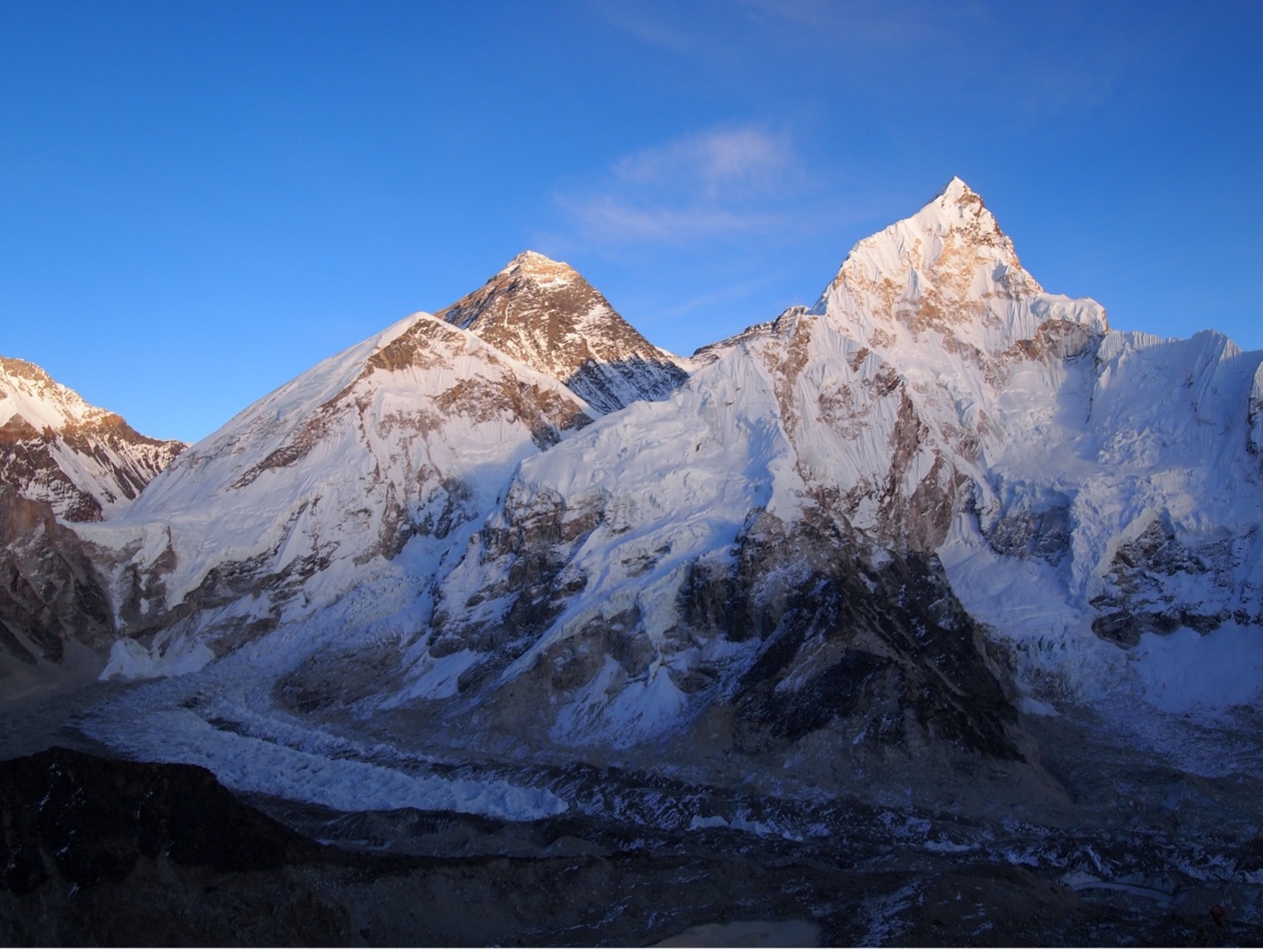The loss of glaciers affects sea level, water availability, and natural hazards resulting in socioeconomic impacts for communities around the world, even for those located far from these icy giants. Our study found that limiting future increases in global mean temperature to +1.5°C will still cause the loss of more than 25% of their current mass but would prevent widespread ice-loss in many high-mountain regions.
Views 4208
Reading time 4 min
published on Sep 29, 2023
Glaciers around the globe share with us a story of rapid change. Many are shrinking at a pace that is unprecedented since observations began, providing powerful indicators of global warming. The observed glacier changes reveal the impact that our greenhouse gas emissions have on even remote, high-mountain areas far from civilization. The consequences of glacier mass loss are vast, including sea level rise, changing freshwater availability for downstream communities and ecosystems, altering natural hazards like glacial lake outburst floods, and socioeconomic impacts affecting tourism and cultures around the world. How will glaciers change, and will they still exist in 100 years?
Our recent study, published in Science in January 2023, shares the story of how glaciers may change over the 21st century. We calculate how all ~215,000 glaciers globally, excluding the vast Greenland and Antarctic ice sheets, will change over the century if the global mean temperature increases by +1.5°C, +2°C, +3°C, and +4°C by 2100 relative to pre-industrial levels. These temperature scenarios reflect possible choices that we make as a global society through our greenhouse gas emissions.
The glacier projections can then be used to inform policy and decision making by supporting events such as the Conference of Parties (COP) where nations negotiate to reduce emissions with the goal of limiting global mean temperature increases. While recent international agreements target 2°C of warming, the most recent climate pledges are estimated to increase the temperature by closer to 3°C, and even more if our current course is not altered.
We estimate that even for the optimistic scenario of +1.5°C, half of all glaciers globally will vanish and more than 25% of their current mass will be lost by 2100. If the temperature increases by +4°C, more than 80% of all glaciers will disappear and ~40% of their mass will be lost. Most of the world's glaciers are tiny (less than 1 km2 or ~0.4 square miles), which is why the number lost is higher than the mass lost. Even so, glacier loss will cause sea level to rise by an additional 9 to 15 cm (3.5 to 6 inches). This increase will exacerbate nuisance flooding and risks associated with storm surges and hurricanes that communities all around the world are already experiencing.
For +4°C of global warming, we project that mountain ranges in Europe, Western Canada and the United States, and the Caucasus and Middle East, will become almost entirely ice-free. For +1.5°C and +2°C global warming, these regions will still experience considerable losses; however, widespread loss of glaciers may be prevented.
The loss of these glaciers will have far-reaching social and economic consequences. Glaciers frequently visited by tourists in national parks and world heritage sites around the world will be lost or shrink so far that they will no longer be visible from visitor centers and viewing platforms. Iconic climbing routes will be altered as the glaciers that were once commonly traversed are no longer there. These glaciers are also important sacred sites and symbols for local communities. In New Zealand, the original Māori-named glacier Kā Roimata o te Hine Hukatere (renamed Franz Josef by settlers) translates to “Tears of the Hine Hukatere” and is the basis of an oral legend of love and sorrow.
Many glaciers are thus embedded in oral traditions of those who have lived by these glaciers for centuries, and they also tell us a story of change. At mountain ranges around the world, they share with us their beauty and majesty, and they share stories of their loss and impacts due to climate change. Our study is thus like humanity’s choose-your-own-adventure novel, exploring the fate of glaciers and how they will change based on future temperature increases that we can control. Our findings highlight that we, as a society, can make a difference. While some glacier mass loss is inevitable, by reducing our greenhouse gas emissions, we can minimize these losses, corresponding impacts, and help preserve glaciers in mountain regions around the world. The question is, which future will we choose?
Original Article:
Rounce, D.R., R. Hock, F. Maussion, R. Hugonnet, W. Kochtitzky, M. Huss, E. Berthier, D. Brinkerhoff, L. Compagno, L. Copland, D. Farinotti, B. Menounos, and R.W. McNabb. “Global glacier change in the 21st century: Every increase in temperature matters”, Science, 379(6627), pp. 78-83, (2023), doi:10.1126/science.abo1324
 Earth & Space
Earth & Space



